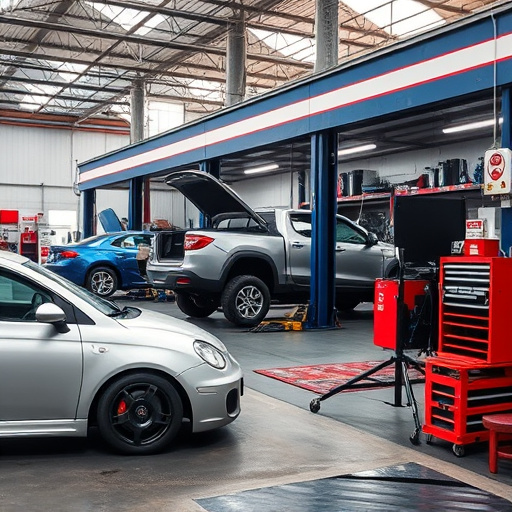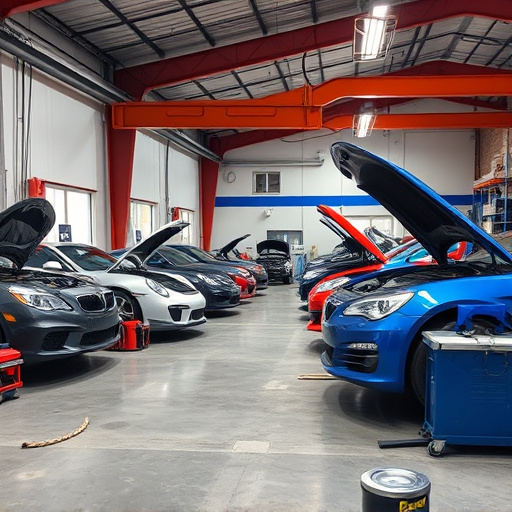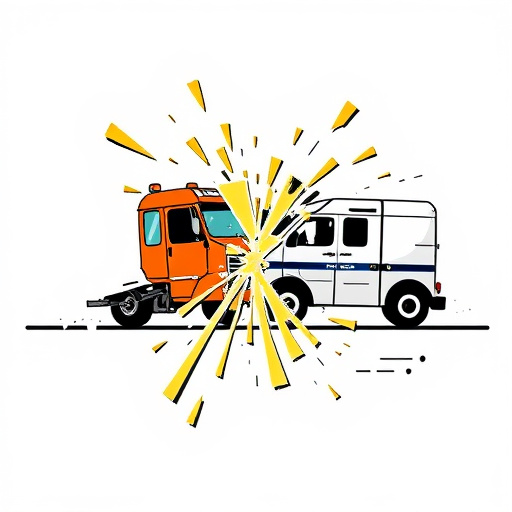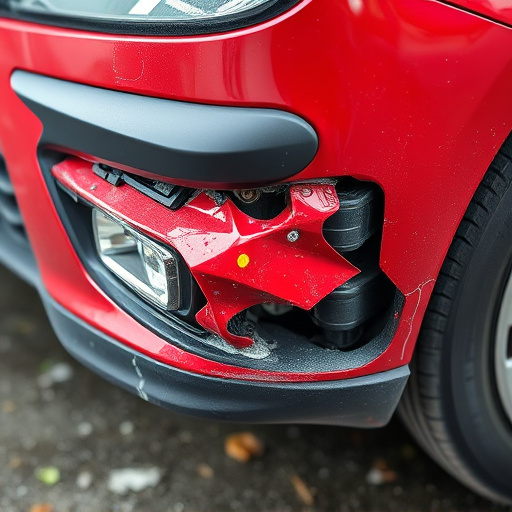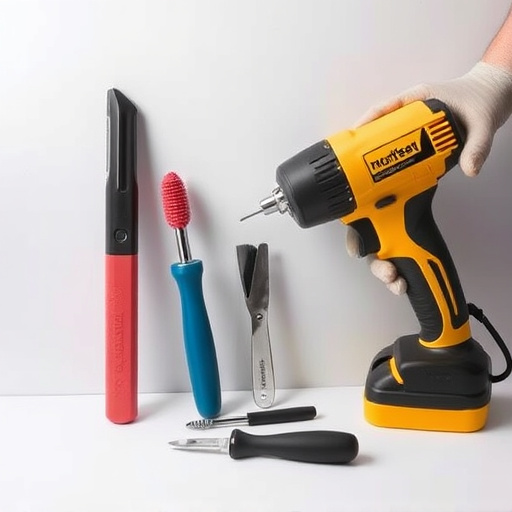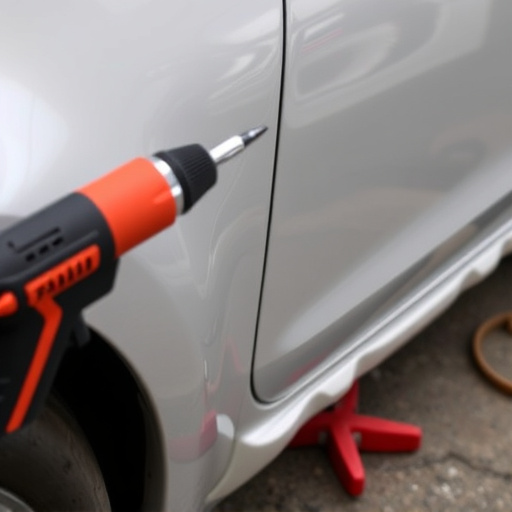Online frame repair certification programs have gained popularity in the digital age, offering flexible and cost-effective alternatives to traditional training. These virtual platforms provide structured courses, assessments, and hands-on elements via technology like virtual reality or videos. In-person programs, though more expensive, offer direct student-instructor interaction, hands-on experience with real tools, and a sense of community. The choice between online and in-person depends on cost, flexibility needs, and preference for personalized guidance versus accessibility and affordability.
“Considering a career in frame repair? Navigating the landscape of certification programs is crucial. This article explores the evolution of frame repair education through online and in-person courses, offering a comprehensive guide for aspiring technicians. From understanding the digital realm’s offerings to dissecting the merits of hands-on training, we compare cost, flexibility, and skill acquisition. Whether you prefer virtual or physical classrooms, this comparison will help you choose the best path towards becoming a certified frame repair expert.”
- Understanding Online Frame Repair Certification
- Benefits and Drawbacks of In-Person Training
- Comparing Cost, Flexibility, and Skills Acquired
Understanding Online Frame Repair Certification

In today’s digital age, many industries have embraced online learning platforms, and frame repair certification is no exception. Understanding online frame repair certification programs involves grasping how they structure their courses, methods of assessment, and whether they offer hands-on training components via virtual reality or video demonstrations. These programs cater to individuals who prefer the flexibility of studying from home or those who live in remote areas with limited access to traditional training centers.
The benefits extend beyond convenience; online certifications can often be completed at a lower cost, making high-quality frame repair education more accessible. While they may not replicate the immersive experience of an in-person workshop, well-designed digital programs ensure that students gain the necessary skills and knowledge to excel in the field. Key aspects to consider include course curriculum coverage (e.g., materials, tools, techniques), industry recognition of the certification, and post-completion support or mentoring opportunities.
Benefits and Drawbacks of In-Person Training

In-person frame repair certification programs offer a hands-on learning experience that can be beneficial for students aiming to excel in the automotive industry. This traditional approach allows trainees to work with real tools and materials, providing them with practical skills that translate directly into on-the-job performance. It facilitates direct interaction between instructors and students, enabling personalized guidance and immediate feedback, which is crucial for mastering complex tasks like frame repair. Moreover, being in a physical classroom fosters a sense of community among peers, encouraging knowledge sharing and collaboration.
However, in-person training has its drawbacks. Students are limited to the schedule of the program, which may not align with their personal or professional commitments. Additionally, the cost of attendance can be higher due to factors like accommodation, transportation, and materials. In contrast, online alternatives offer flexibility in terms of both time and location, accommodating busy individuals seeking to upgrade their skills discreetly from home. Online frame repair certification programs also democratize access to education, enabling individuals from diverse geographic locations to acquire the same level of expertise without the usual barriers.
Comparing Cost, Flexibility, and Skills Acquired

When comparing online versus in-person frame repair certification programs, cost is a significant factor. Online courses often offer more affordable tuition fees and lack additional expenses like transportation and accommodation, making them an attractive option for those on a budget. In contrast, in-person programs may require substantial upfront investment due to the costs associated with tools, materials, and hands-on training facilities.
Flexibility is another key consideration. Online certifications provide students with the convenience of learning at their own pace, from virtually anywhere. This is particularly beneficial for individuals with demanding schedules or those who prefer remote learning. In contrast, in-person programs demand a greater time commitment, as students must attend classes and workshops regularly. However, these programs offer immediate feedback and opportunities for practical skill development through direct interaction with experienced instructors and tools like car body repair kits and equipment for car scratch repair.
When considering a career in frame repair, deciding between online and in-person certification programs depends on individual preferences and goals. Online courses offer flexibility and accessibility, while in-person training provides hands-on experience and immediate feedback. Both methods are valid paths to achieving a competent frame repair certification, ultimately equipping individuals with the skills needed for successful careers in this specialized field.

